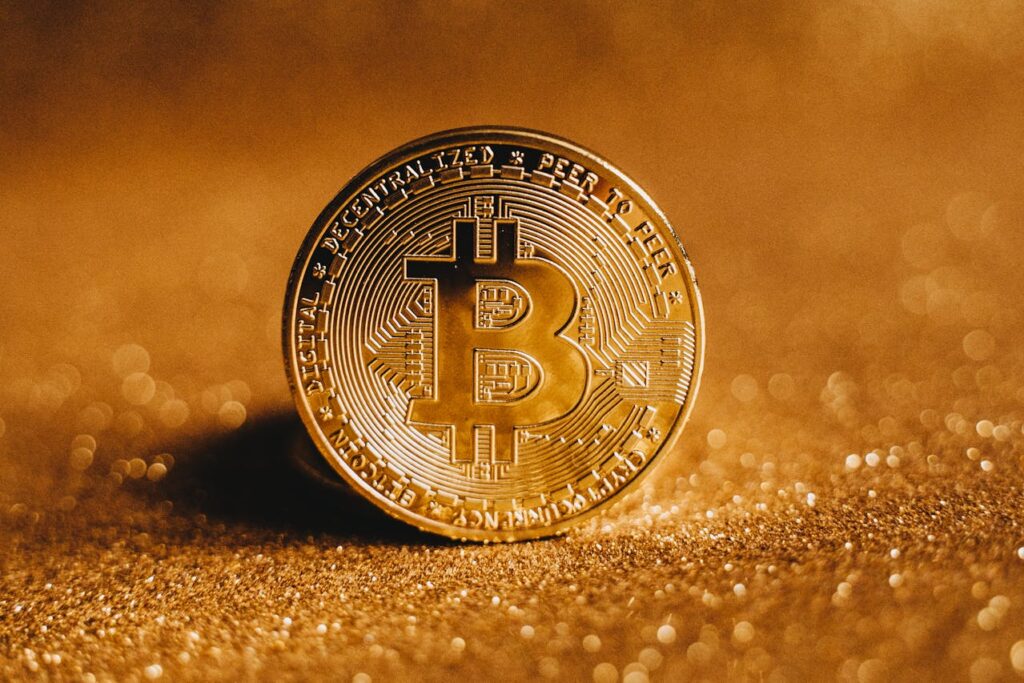
BRC-20 Tokens Explained
BRC-20 is an innovative token standard specifically designed for the Bitcoin blockchain, with a focus on fungible tokens. Fungible tokens are units that are identical in function and value, making them easily interchangeable. This standard introduces a new concept of tokenization to the Bitcoin network, expanding its use beyond a decentralized currency.
With the adoption of BRC-20, users can now create alternative coins (altcoins) on the Bitcoin blockchain. This experimental standard was made possible by the Taproot upgrade, which increased the data capacity of Bitcoin blocks. This upgrade was essential in enabling the Ordinals protocol, which paved the way for BRC-20 tokens.
The Ordinals protocol, developed by software engineer Casey Rodarmor in January 2023, allows data to be inscribed onto each satoshi – the smallest unit of Bitcoin. This unique system of numbering and inscribing enables the creation of both fungible and non-fungible tokens (NFTs) on the Bitcoin network.
In March 2023, the pseudonymous blockchain analyst Domo created BRC-20 tokens, which utilize the Ordinals inscription mechanism for the creation and transfer of fungible tokens on the Bitcoin blockchain. Unlike other token standards like ERC-20 on Ethereum, BRC-20 tokens do not support smart contracts and rely solely on ordinal inscriptions for functionality.
Whereas ERC-20 tokens are created through smart contract codes, BRC-20 tokens are created by inscribing JSON files onto individual satoshis. Although still in the experimental stage, the simplicity of the BRC-20 standard – without the need for complicated smart contracts – allows for easier tokenization of assets on the Bitcoin network.
